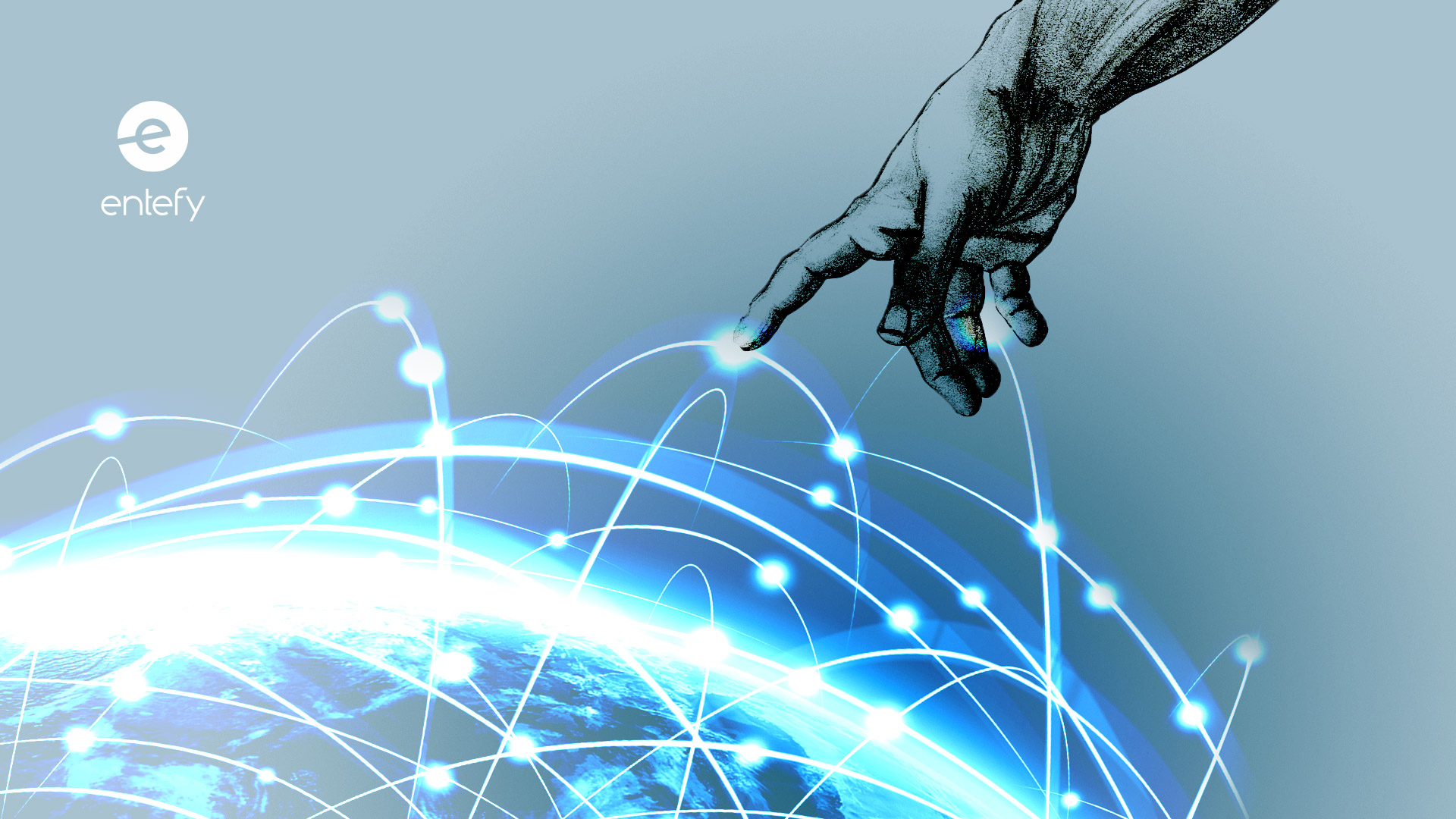Creativity is often considered central to what makes humans unique among living creatures. So as artificial intelligence scientists continue to push the envelope on the capabilities of intelligent systems, machine-made creativity is an active area of research. Entefy looked at the nature of creativity and the state of AI-generated art in a previous article. We thought it would be interesting to revisit the topic and explore how not just AI but other digital technologies are impacting the world of art. What we found was example after example of surprising innovation. And some startlingly realistic computer-generated artwork.
The list below covers the broad impact of digital technology on the arts, including everything from 3D virtual environments to painting and music, and even technology that helps museums deal with overcrowding by selfie-crazed visitors.
Here are 8 ways technology is transforming the arts:
- Blurring the line between “art” and “digital art.” Digital art goes back at least as far as the Bell Labs-sponsored Experiments in Art and Technology (EAT) in the 1960’s. Today, however, a new generation of digitally native artists, dubbed the 89plus generation after the birth of the World Wide Web in 1989, make use of the Internet and digital creation tools to create innovative works of art that are no longer considered part of a “digital” niche.
- Art is experienced in new ways in virtual and augmented realities. Theoverlap of art and technology was clear at a major art show during New York Art Week. The event featured art created using a long list of technologies: 3D imaging, green screen filming, and animated GIFs. Beyond the creation of artwork was its experience by viewers wearing VR and AR headsets that enabled them to move through digital artwork.
- Digital art reflects the world we live in today. An art exhibit at the University of California, Irvine used the term “expanded media arts” to encompass the new possibilities that digital techniques bring to traditional art. The show featured artwork created using 3D printers, digital cameras, and even video game consoles. Its co-curator commented, ‘You can contemplate a painting, but our world is no longer static. This art form reflects the complexity of the world we live in.’
- Artificial intelligence is solving overcrowding at museums. The Van Gogh museum in Amsterdam received 2.1 million visitors in 2015, 20x more than it was designed to admit. Major museums around the world are struggling to manage surging crowds who want to witness masterpieces firsthand (and perhaps take a selfie or two along the way). Researchers at Erasmus University in the Netherlands have developed an AI algorithm to predict when visitors will visit, allowing museums to design incentives like discounted tickets to smooth out peak periods and admit more visitors.
- Digital art asks us to examine our views about technology itself. It’s notexactly news at this point that digital technology is a part of almost every aspect of life. But you needn’t look much farther than the backlash against social media’s mixed record to see people seeking to find the right balance between the real and the digital. Artists, too, are using audio, visual, and even dance with a robot to explore issues like humanizing technology and how much of our lives should be automated.
- Deep learning and robotics combine for AI creativity. A project called CloudPainter by the artist Pindar Van Arman hints at the future of artwork created by intelligent machines. The artist created AI-powered software that uses human-created art as an input source to output ‘imagined’ paintings generated by the software and created by a robotic arm designed to paint on canvas.
- Innovation extends to new forms of musical instruments. Combining engineering and music, one Georgia Tech-based avant-garde artist designed an entirely new type of musical instrument: “the 3D-printed alien contraption is capable of producing sounds like guttural whale bellows, the echoing of water dripping from stalactites, and the clacking of scuttling crab legs. As more notes are struck, the solenoids in the interior of the device begin generating a tune of their own in unpredictable fashion.” The artist described the experience of using the device like co-performing with the instrument itself.
- A proposal for a new approach to AI-generated art. A group of scientists and artists at the Art & AI Laboratory at Rutgers University published a paper describing a new approach to the use of Generative Adversarial Networks (GAN), a set of AI algorithms based on unsupervised deep learning. The researchers trained their system using 81,449 paintings from 1,119 different artists. They then conducted experiments using human subjects who were asked to identify whether artworks were created by humans or their AI system; 53% of respondents thought the AI-generated creations were human-made.
Curious whether you can spot the difference between AI-generated art and good old-fashioned human creativity? Start with these two paintings.
